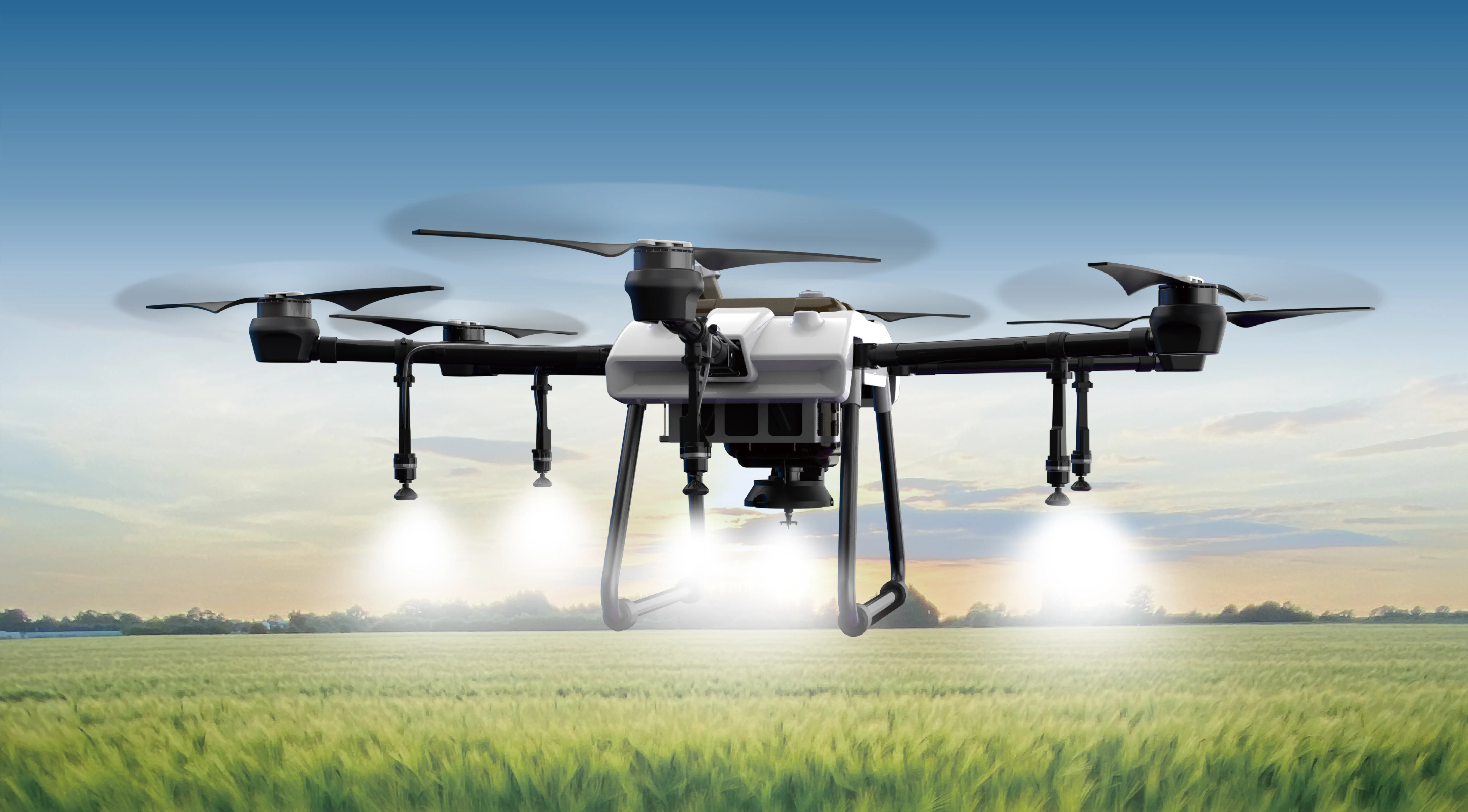In the rapidly evolving landscape of modern manufacturing and automation, precision and reliability are not just desired—they are indispensable. Among the myriad technologies fueling this demand, applied motion servo motors stand out as a cornerstone. These compact yet powerful devices serve as the brain behind countless applications, from robotic arms assembling microelectronics to aerospace systems executing intricate maneuvers. Understanding what makes applied motion servo motors tick isn’t just a technical curiosity; it’s a gateway into the future of intelligent motion control.

At their core, servo motors are specialized rotary actuators designed to provide precise control of angular position, velocity, and acceleration. Unlike simple motors that run continuously at a set speed, servo motors integrate advanced feedback mechanisms—most commonly encoders—that constantly monitor the motor's position and send real-time data to a control system. This closed-loop system allows for incredibly fine adjustments, ensuring that whatever task the motor is performing is executed with pinpoint accuracy.
The "applied motion" aspect emphasizes the practical implementation of these motors across sectors. When integrated into machinery, robotic systems, or automation lines, applied motion servo motors are tasked with executing complex motion profiles, maintaining exacting positional accuracy, and adapting dynamically to changing conditions. Their role in these processes is akin to a conductor guiding the orchestra—precise, responsive, and harmonious.
One might wonder: what makes applied motion servo motors different from other motor types? The answer lies in their design sophistication and control complexity. Standard induction or brushed DC motors might be sufficient for simple, repetitive tasks, but they lack the finesse needed for high-precision applications. Servo motors, on the other hand, are engineered with robust feedback mechanisms and advanced controllers that allow for not only rapid response times but also the capacity to hold a position against external forces.
The practical applications of applied motion servo motors span a vast array of industries. For instance, in robotics, they enable manipulators to perform delicate assembly tasks with sub-millimeter accuracy. In aerospace, they facilitate the precise positioning of satellite antennas or spacecraft components. In manufacturing, servo motors drive CNC machines, ensuring that each cut, drill, or millimeter of movement occurs exactly as programmed. Even in the entertainment industry, servo-driven camera rigs deliver smooth, stable shots that would be impossible with traditional motors alone.
What makes these motors particularly attractive is their adaptability. They can handle various load conditions, respond swiftly to control inputs, and integrate seamlessly with modern digital control systems. Many servo motor systems now feature field-oriented control (FOC), which maximizes efficiency and torque while minimizing energy consumption. Moreover, advancements in materials and electronics continually enhance their durability and performance.
Beyond their technical capabilities, applied motion servo motors also hold significant advantages regarding energy efficiency and system stability. Because they operate under closed-loop control, energy wastage is minimized—only the required amount of power is used to keep the system at its desired position or speed. This efficiency is especially vital in applications where continuous operation and minimal heat generation are critical.
Additionally, the modular nature of servo systems means they can be tailored to specific tasks. Whether it’s a small servo motor driving the fine movements of a medical instrument or large industrial units powering heavy automation lines, the fundamental principles remain similar—precise feedback, responsive control, and reliable operation.
Understanding these principles is key to appreciating how applied motion servo motors are transforming industries. Their ability to deliver repeatable, precise motion makes them invaluable. As technology advances, we see even more sophisticated variants, incorporating smarter sensors, wireless connectivity, and integrated diagnostics—bringing us closer to fully autonomous systems that can adapt and optimize in real-time.
In the next segment, we will delve deeper into the technical architecture of applied motion servo systems, exploring their components, control algorithms, and future trends shaping their evolution. The journey into high-precision motion control is exciting—these motors are not just devices; they are the enablers of innovation.
Leveraging innovations in modular drive technology, Kpower integrates high-performance motors, precision reducers, and multi-protocol control systems to provide efficient and customized smart drive system solutions.




































